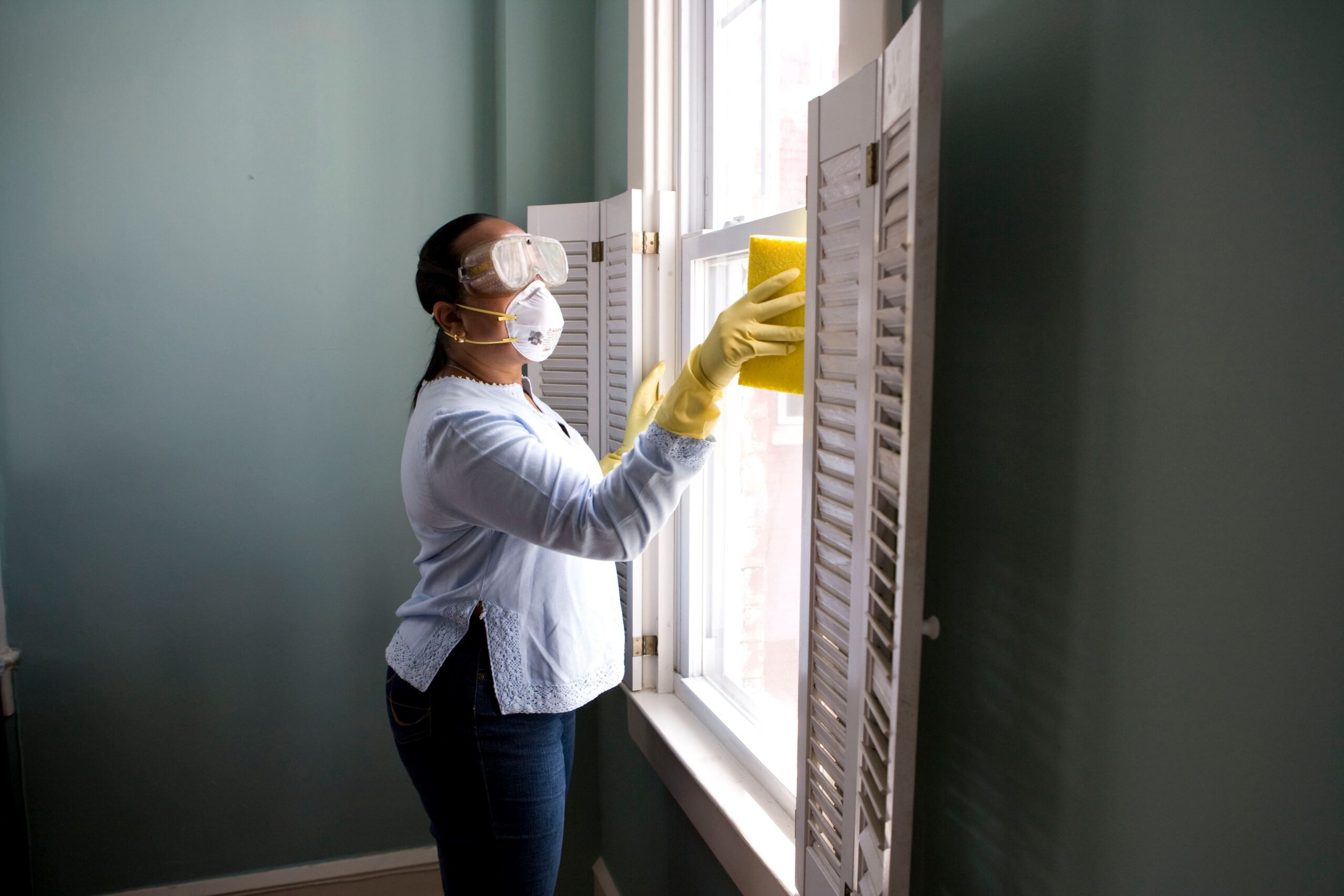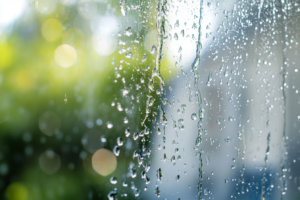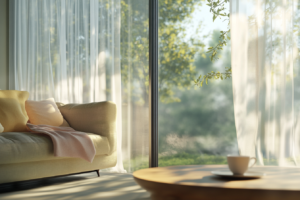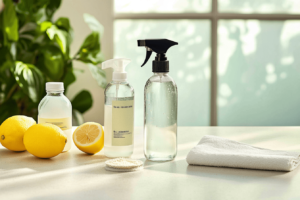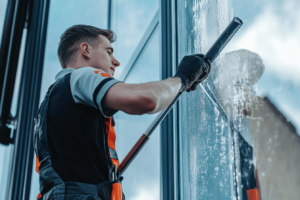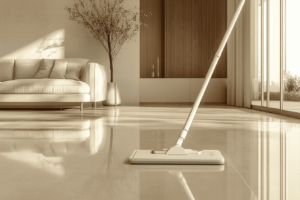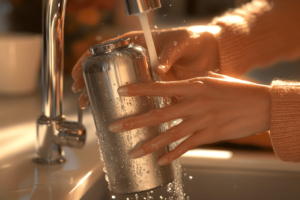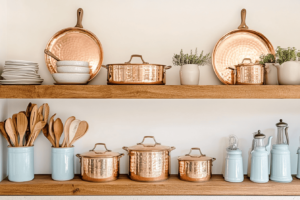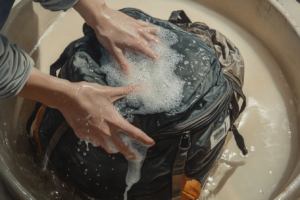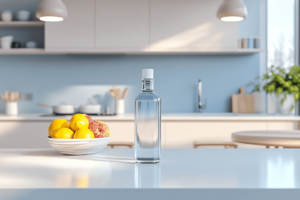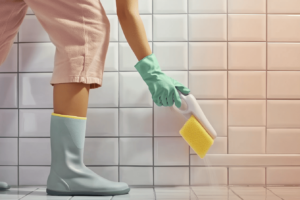Cleaning germs is an essential part of maintaining a healthy and happy home. Germs, pathogens, and bacteria can hide in every corner of your home despite your best cleaning efforts.
If you want to learn how to clean, sanitize, and disinfect your house like a professional, then follow our guide to a happy, healthy, and germ-free home!
Understanding Cleaning Germs, Sanitizing, and Disinfecting: What’s the Difference?
Sometimes the terms cleaning, santizing, and disinfecting are used interchangeably. But in fact, the three refer to very different processes…
What is Cleaning?
Cleaning is a more generic term for the removal of visible dirt, dust, grime, and debris from surfaces. It might involve scrubbing, wiping, or rinsing with water, and sometimes using detergents or cleaning products.
It aims to improve the appearance of surfaces and mostly refers to the removal of particles and visible matter.
However, cleaning germs typically requires a different approach, using either sanitizing or disinfecting.
What is Sanitizing?
Sanitizing is the process of using chemicals or heat to significantly reduce the population of harmful microorganisms — think bacteria, viruses, and such — on surfaces.
The objective is to bring these microbial populations down to a level considered safe for public health standards.
Essentially, it’s a meticulous process to cut down on those invisible troublemakers that can cause infections or illnesses.
What is Disinfecting?
Sanitizing and disinfecting both aim to make spaces safer by reducing germs, but they tackle different levels of germ-killing.
Sanitizing reduces the number of bacteria, viruses, and other microbes on surfaces to a level considered safe by public health standards. It’s like a solid cleanup that cuts down the chances of getting sick.
Disinfecting, on the other hand, is a hardcore germ annihilation. Effective disinfection techniques involve chemicals or processes to wipe out a wider range of germs, going beyond what sanitizing achieves. This is crucial in high-risk places, where you need to ensure almost no germs are left standing—think hospitals during an outbreak.
So, think of sanitizing as a “good enough” clean-up, while disinfecting is like calling in the germ SWAT team for a total wipeout.
Top 7 Tips For Cleaning Germs and Enhance Hygiene in Your Home
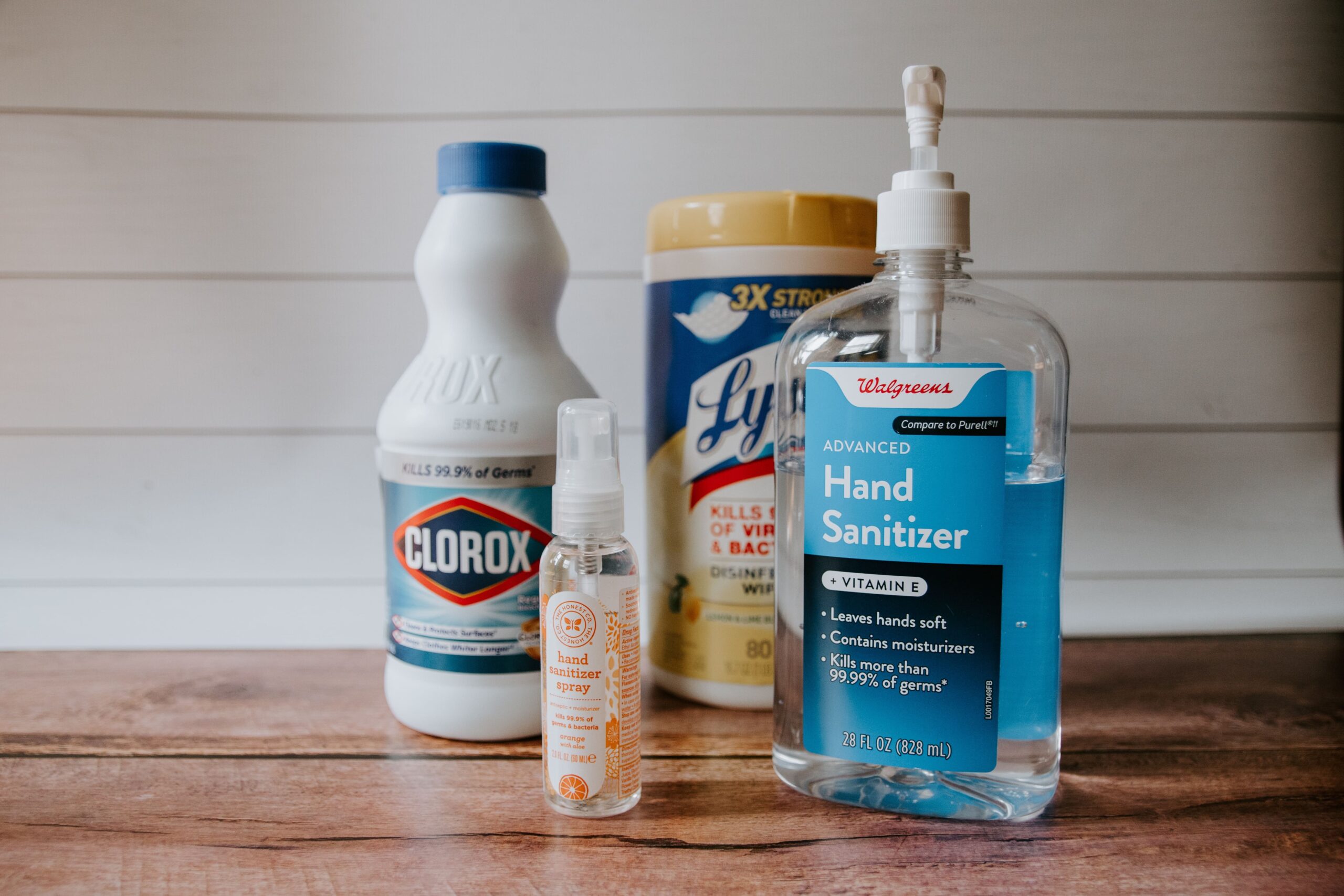
Even when your home looks lovely and neat, germs can still be hiding in every corner. Here are our top seven germ-free cleaning tips for a truly clean home.
- Regularly sanitize and disinfect high-touch areas like light switches, door knobs, railings, handles, and buttons. If it gets touched daily, it can breed germs.
- Clean the things that clean you, including towels, bathtubs, showers, washing machines, and dishwashers. If they’re dirty, they can’t help clean you!
- In addition, make sure you’re replacing sponges, scrubbing brushes, microfibre towels, and other cleaning supplies regularly. You don’t want to risk ruining your cleaning efforts with contamination.
- Prevent germs from entering your home by taking your shoes off when you walk in the door, and washing your hands ASAP.
- Use air purifiers with HEPA filters to filter and purify the air in your home. This is a life-saver in cold and flu season!
- Deep clean your furniture and upholstery on a regular basis – you’d be surprised at how many germs can be hiding in the fabrics.
- Keep the property equipment on hand. A generic multi-purpose spray isn’t enough to protect your home from all the different kinds of germs and bacteria that might accumulate. You specialised cleaning products that perform a range of different functions.
Natural Alternatives for Home Sanitization: Safe and Effective Methods
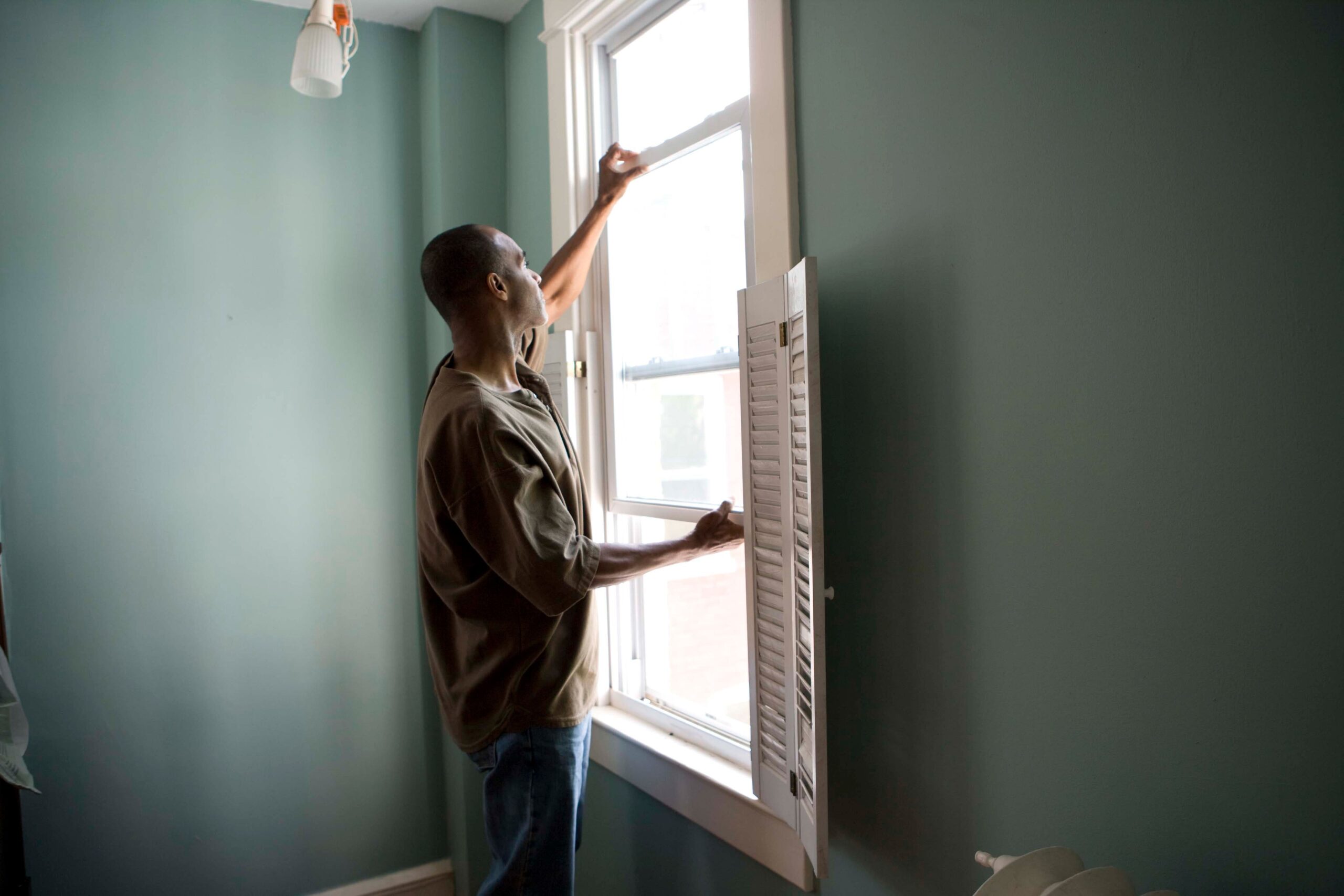
If you’re not keen on loading up on a tonne of harsh chemicals, there are numerous natural alternatives for home sanitization that can be safe and effective.
Keep in mind that while these methods can help reduce germs, they might not be as potent as commercial disinfectants.
Nonetheless, here’s your natural home sanitization toolbox for cleaning germs and keeping your home safe:
- White vinegar is a versatile natural cleaner that can be used on almost every household surface.
- Baking soda is fantastic at absorbing odours, and can be mixed with vinegar to cut through tough grime.
- Hydrogen peroxide can be found in a 3% solution at most pharmacies, and can be used to remove stains and kill germs.
- Essential oils like tea tree, lavender, eucalyptus and lemon have antimicrobial properties – and they smell great!
- Isopropyl alcohol of at least 7% is a highly effective surface sanitizer and disinfectant.
- Salt has natural antibacterial properties, and the texture means it can be combined to make a great scrub or paste.
So, now you have all the tips and tricks you need to keep your home free of nasty, hidden germs!
And don’t forget, you can always call in a Wecasa professional to do the dirty work for you. Wecasa can connect you with local professional cleaners who’ll be sure to banish germs from your home, keeping you safe and healthy.

